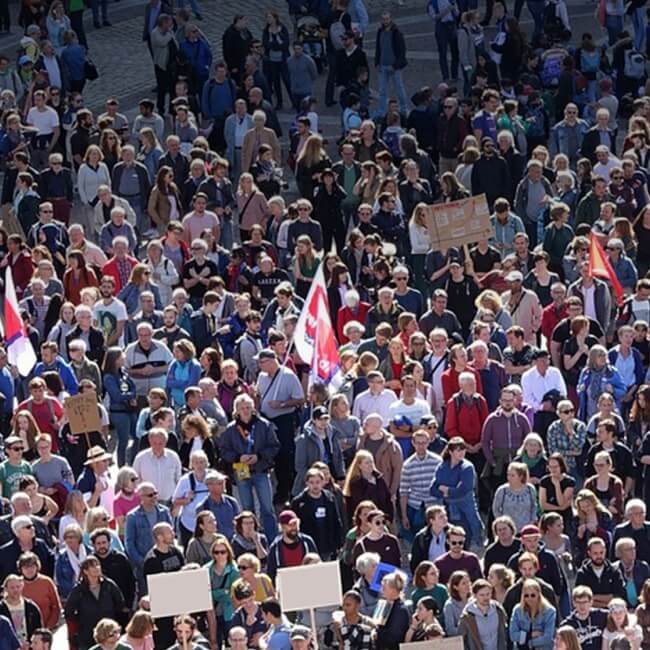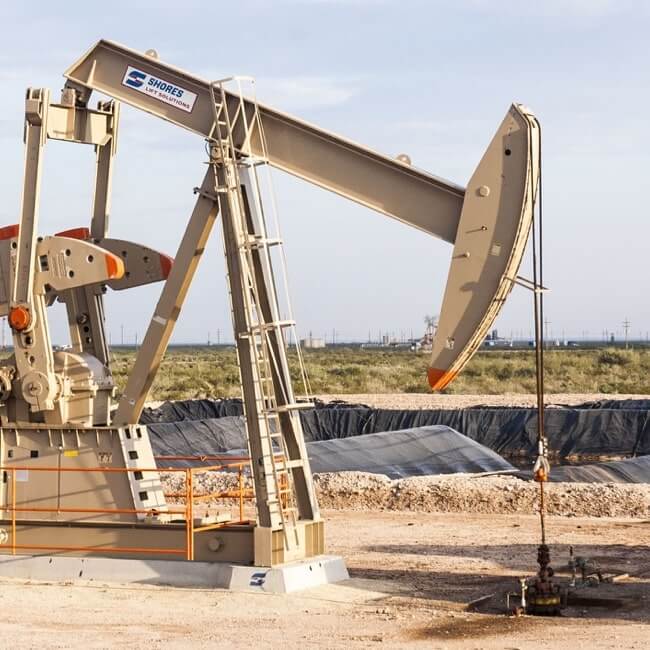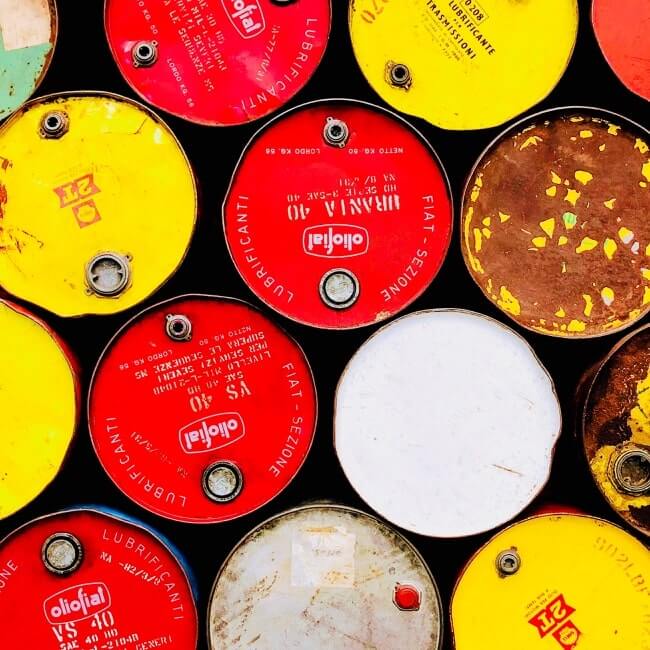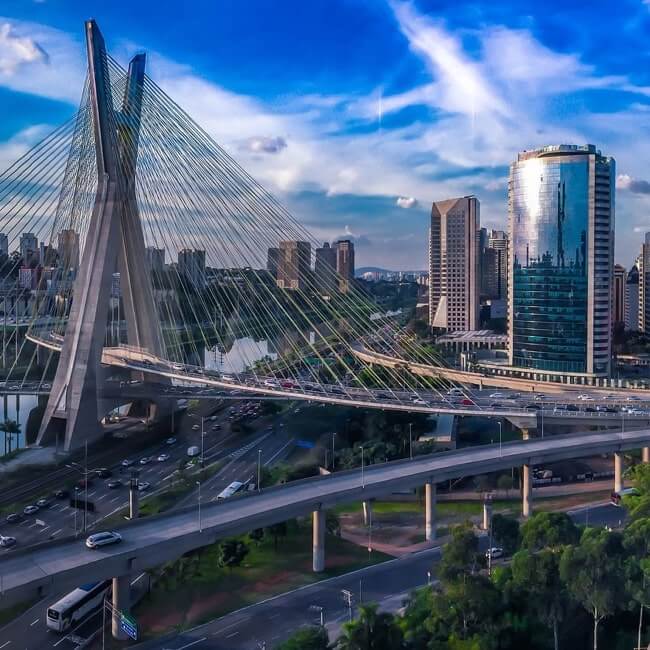Rainy season, investment save Bolivia from drought

Bolivia's rainy season and increased public spending on potable water projects enabled the country to avoid a repeat of 2016's devastating drought, a government official said.
State water utility Epsas invested 115mn bolivianos (US$16mn) in potable water projects in La Paz over the past year, including the Hampaturi intake system and 400,000 domestic water connections, CEO Humberto Claure said.
Other projects included the Chuquiaguillo, Puchukullo and Mallasa treatment plants, Huayllara-Estrellani pipeline, dredging of the Tuni reservoir, the Janko Khota pumping system and the waterproofing of the Milluni canal, Epsa said in a statement.
"We have overcome the water crisis," Claure said. "La Paz is no longer in the state it was in at the end of 2016. We invested 115mn bolivianos, almost twice the 2016 figure."
Epsas has also started working on three projects to upgrade the Pampahasi treatment plant, improve management and set up an early alert system , which are partly financed by the Inter-American Development Bank (IDB) and Dutch cooperation agency RVO, according to Epsas.
President Evo Morales declared a national emergency and sacked his top water officials for failing to warn the government about the lack of water supply. Severe drought in late 2016 forced Epsas to restrict water services in La Paz, a highland city of 800,000 inhabitants (pictured).
The government, which completed the US$146mn Misicuni reservoir last year, has invested an additional 980mn bolivianos in potable water and irrigation systems over the past decade, according to the environment and water ministry.
At the same time, heavy rains sparked by the La Niña phenomenon have refilled La Paz's reservoirs such as Misicuni, the environment ministry said. The reservoir registered a level of 100Mm3, enabling it to distribute 400l/s, the ministry said in a statement.
Other reservoirs such as Ajuankhota (3Mm3), Hampaturi Alto (6Mm3), Hampaturi Bajo (3.4Mm3) and Incachaca (5.2Mm3) have reached capacity, while the Milluni (10.9Mm3) and Tuni (21.5Mm3) reservoirs are 90%-full, according to Epsas.
Floods
This year's rain season, however, has left at least eight dead, 8,000 Bolivians affected by flooding and 700 homes destroyed to date in seven departments including Santa Cruz, Cochabamba and Tarija, according to state housing agency AEV. The government has set up a 70mn-boliviano reconstruction fund, AEV director Gonzalo Rodríguez told state news agency ABI.
The flooding in central and eastern Bolivia comes after the US National Oceanic and Atmospheric Administration (NOAA) expected impacts of La Niña in Peru and Ecuador, where governments have been investing in flooding prevention works, too.
The eastern Andean region over the past year suffered the effects of both global warming and La Niña, where cooler ocean temperatures cause drought in the highlands. President Morales is seeking US$500mn in international emergency aid to invest in potable water and irrigation infrastructure.
Subscribe to the leading business intelligence platform in Latin America with different tools for Providers, Contractors, Operators, Government, Legal, Financial and Insurance industries.
News in: Water & Waste (Bolivia)

Water and Waste: The Week in 10 Stories
BNamericas provides a roundup of the most important Water and Waste news in Latin America.
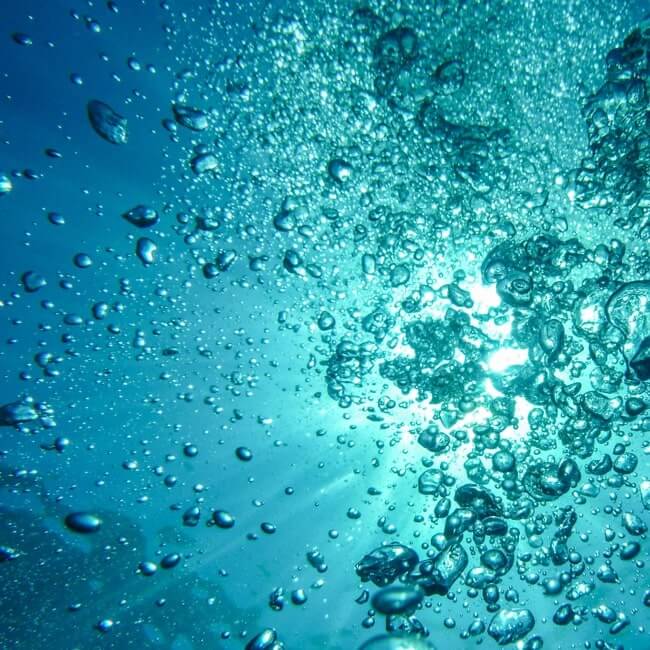
EIB lending US$63.5mn for rural Bolivia water program
The bank said in a release the financing will be matched by a further US$77mn from Latin American development bank CAF.
Subscribe to Latin America’s most trusted business intelligence platform.
Other projects in: Water & Waste
Get critical information about thousands of Water & Waste projects in Latin America: what stages they're in, capex, related companies, contacts and more.
- Project: Integrated sanitation sewage collection network building connections uh drainage and paving
- Current stage:

- Updated:
9 months ago
- Project: Construction of rainwater gallery and surface drainage system
- Current stage:

- Updated:
9 months ago
- Project: Expansion of the treatment capacity and efficiency improvements of ETE Sorocaba 1
- Current stage:

- Updated:
9 months ago
- Project: Paving, sewage, drainage and asphalt resurfacing on several streets in the municipality of aracaju / se.
- Current stage:

- Updated:
3 years ago
- Project: Expand and improve the water supply system of the municipality of iguatama mg
- Current stage:

- Updated:
9 months ago
- Project: Ampliacao do sistema de esgotamento sanitario da sede municipal de aramari-ba.
- Current stage:

- Updated:
3 years ago
- Project: Implementation of the Amarelas dam and the Fortim water pipeline
- Current stage:

- Updated:
7 months ago
- Project: Extension of the sanitary drainage system in the municipality of sao joao da barra - rj
- Current stage:

- Updated:
3 years ago
- Project: Execution of actions related to the water supply system in Luziania Valparaiso Cidade Oeste Novo Gama Est
- Current stage:

- Updated:
7 months ago
Other companies in: Water & Waste (Bolivia)
Get critical information about thousands of Water & Waste companies in Latin America: their projects, contacts, shareholders, related news and more.
- Company: Asociación Accidental Guadalquivir
- Company: EPSA Municipal Cobija
-
The description included in this profile was taken directly from an AI source and has not been edited or modified by BNamericas researchers. However, it may have been automatica...
- Company: Jerónimo Jorge Torrico Díaz
- Company: Mercedes Cuéllar Carreño
- Company: Doris Wendy Aparicio Gutiérrez
- Company: ECYT Bolivia SRL
- Company: Vertebra S.R.L. (Vertebra)
- Company: Empresa Municipal de Aseo de Santa Cruz (Emacruz)
-
Empresa Municipal de Aseo de Santa Cruz (Emacruz) is a Bolivian firm engaged in municipal urban waste management in Santa Cruz de la Sierra. Emacruz, which started operations in...

